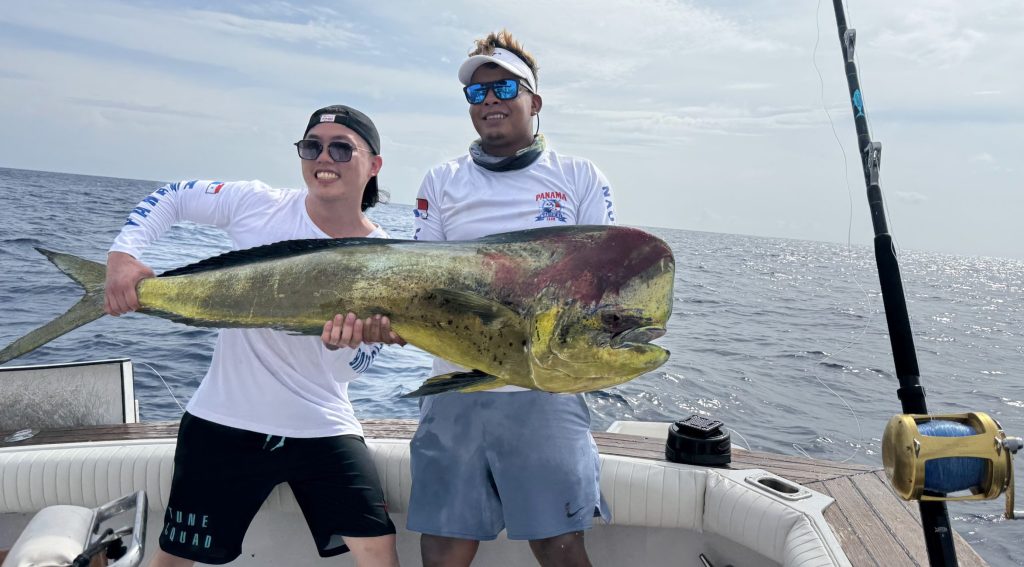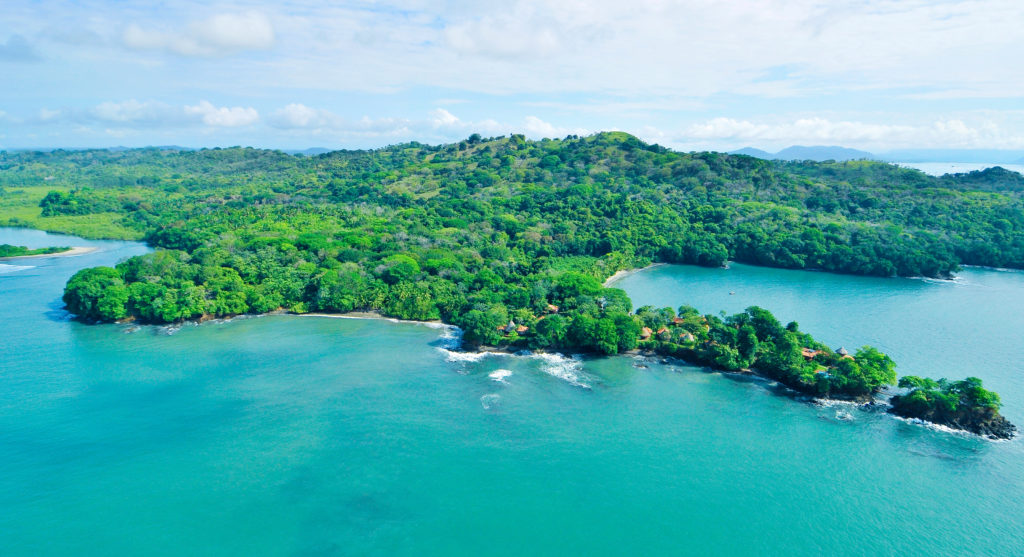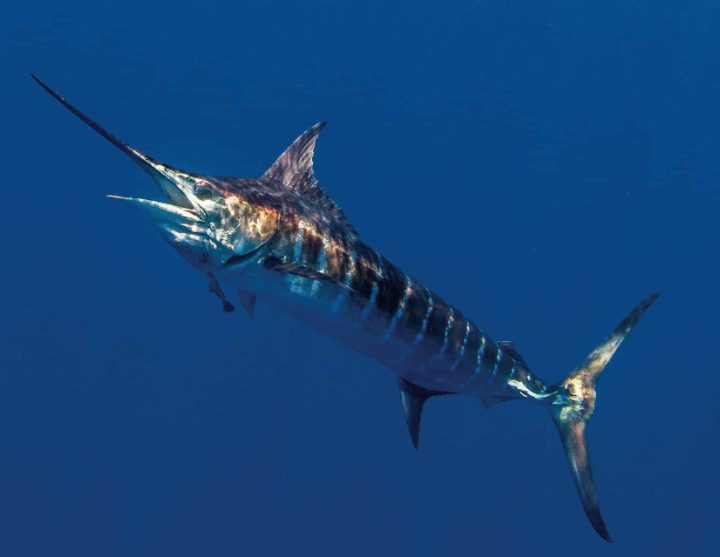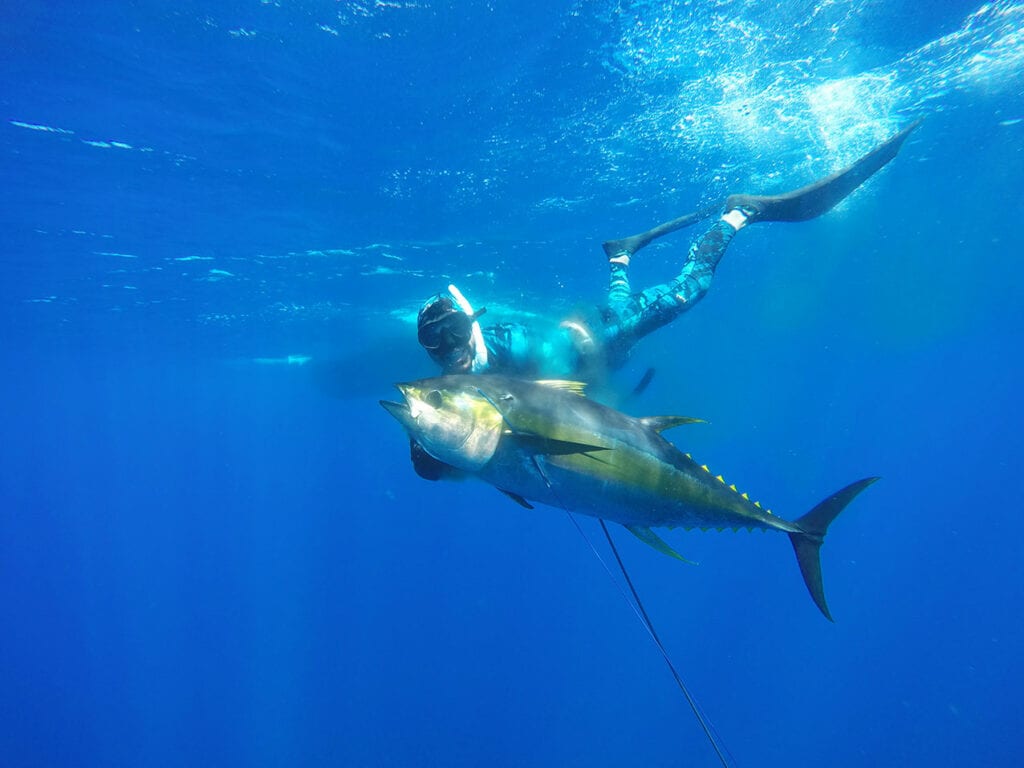Panama Nautical Club, located at Selva Terra Resort which is nestled in Panama’s lush landscapes, offers an unparalleled marlin fishing adventure. Our prime location is meticulously selected to ensure close access to the best marlin fishing spots, where the excitement of hooking Black and Blue Marlin awaits.
The Thrill of Marlin Fishing
Marlins are among the ocean’s most majestic fish, known for their speed, size, and the iconic long bill they wield to hunt prey. These migratory giants are the stars of the adventure, presenting a challenge to anglers due to their impressive agility and strength. In the warm waters of Panama, marlin fishing becomes not just a sport but an exhilarating battle of wits and endurance.
Your Fishing Adventure with Panama Nautical Club
Our marlin fishing adventure stands out for its commitment to a personalized and sustainable fishing experience. Guests are treated to luxurious stays in our Ocean Breeze Casitas, set on a private island where comfort meets the wild beauty of nature. Our tailored fishing packages cater to all levels of experience, from the avid angler to the enthusiastic beginner, ensuring everyone has the chance to partake in the thrill of marlin fishing.
Guided by our skilled captains and crew, you will learn about the nuances of marlin behavior and techniques for a successful catch. With our state-of-the-art equipment and intimate knowledge of the local waters, we promise an adventure that’s not only exciting but also respectful of the marine ecosystem.
Conservation at the Heart of the Adventure
We advocate for the catch and release of these magnificent fish, contributing to the preservation of their populations for future generations to enjoy. This approach ensures that our guests enjoy a rewarding fishing experience while also playing a part in marine conservation.
Join Us for an Unforgettable Marlin Fishing Adventure
Experience the thrill of marlin fishing in Panama with Selva Terra Resort, where luxury, adventure, and conservation merge. You will experience more than just a fishing trip; it’s an opportunity to connect with nature, challenge your skills, and make lasting memories in the heart of Panama’s aquatic paradise. Whether you’re seeking the adrenaline rush of battling a marlin or simply wish to enjoy the serene beauty of our island resort, Selva Terra Resort promises an adventure like no other.





